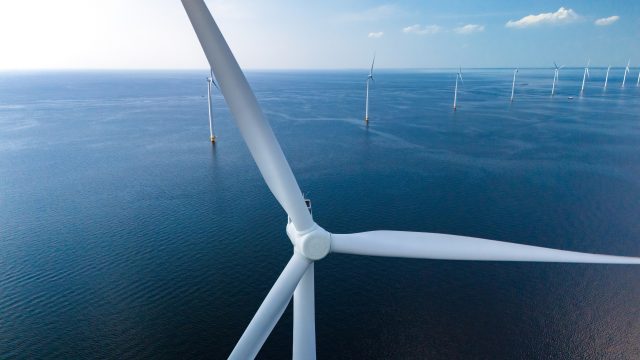
While the public opinion about wind power is still generally positive, especially as the technology still enjoys large media and political support, the downsides of this green energy source may have become subtly apparent in the eyes of the market. In Sweden investments into wind power have begun to dwindle, analysis of market developments in 2024 suggest. As it currently stands, the prognosticised demand for energy output is far greater than what the wind power industry is going to manage to deliver, according to the industry’s trade organisation Svensk Vindenergi.
The battle of political wills has made Sweden fairly rocky terrain for wind power, as local interests have vetoed establishments of new wind turbines in their vicinities, while the majority of the country’s parties on a central level are all generally in favour of an expansion of green energy. 2024 saw the scrapping of as many as 13 planned large-scale wind farms, of which most were supposed to be built on land. Instead, the prospects for wind power have migrated out to sea, with most currently proceeding wind farms being planned outside the coasts of Sweden.
However, these plans are also uncertain due to the associated costs, which on occasion have caused even formally wind power-positive parties in government to hesitate. The faltering attractivity of wind power is compounded by the debate about Sweden’s attachment to the European energy market. At the end of 2024 this became the source of a verbal conflict between the Swedish government and Germany, a country that at times is in high demand of cheap Swedish power to alleviate its own energy crisis, itself also commonly ascribed to overreliance on wind energy. Due to the failure of the past decade’s green and renewable policy to deliver even affordable household energy, it is no wonder that the wind power movement is losing steam.
The economics of wind power in Sweden has been critically reviewed by experts in technological science, natural science, and economics, many of whom are starting to make mainstream media appearances as of late. The main criticism from these voices concerns mainly the overreliance on wind power at the expense of predictable energy sources such as nuclear power. The overzealousness in erecting wind turbines leads to diminishing returns, as more often than not, the overproduction of wind energy during beneficial weather conditions does not lead to financial gains. Instead the surplus energy is exported to the continent as cheap and abundant electricity. On the other extreme, expensive wind turbines obviously do no good if they are static. Self-evidently, according to the critical experts, the wind energy sector does not cover its costs.
The dubious future of the wind power industry in Sweden is also reflected on a subtle level in higher education. Last year Swedish public service radio reported on the dearth of wind energy technicians in the country, and that two thirds of the country’s universities’ nearly 200 positions on wind energy technology programmes were empty. The faculties that are supposed to educate and train the core of engineers intended to maintain the growing number of wind turbines in the country have an endemic problem not only with filling their positions, but also with students who drop out before they graduate. This is despite the generally positive public perception of green technology and a pervasive belief in the possibility to transform into a renewable energy market that is reflected in polling and in political elections.
Of the eight parties represented in the Swedish parliament, only one, the nationalist Sweden Democrats, are more or less ideologically opposed to wind power. The current government prioritises the restoration of nuclear energy, but maintains a sometimes pragmatic and sometimes promotional approach to new wind farm establishments nonetheless. The reluctance of investors and engineers to get involved in the wind industry shows that, despite unwavering political and media interest, the writing may be on the wall for this type of green energy in Sweden.



 Subscribe
Subscribe